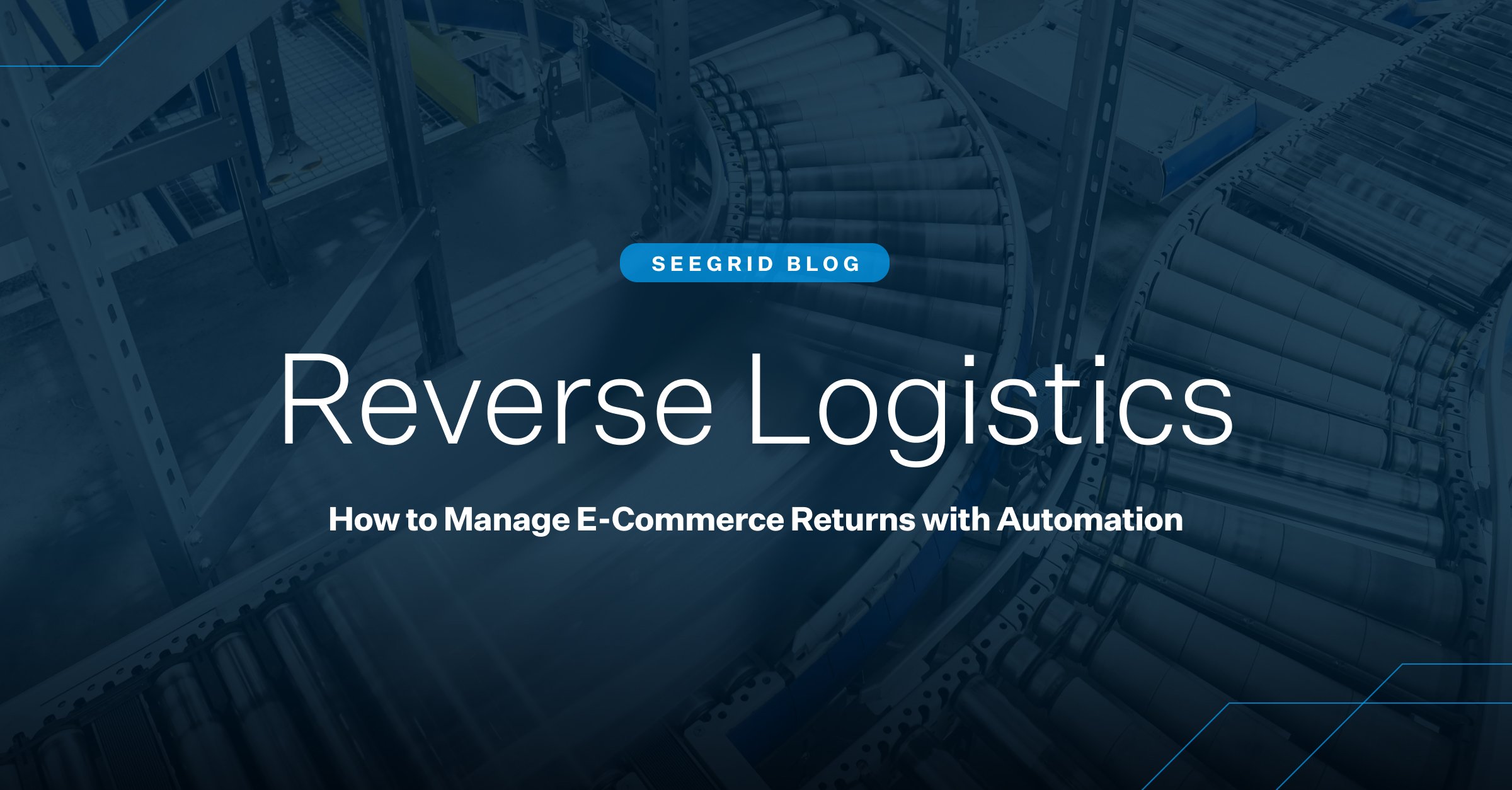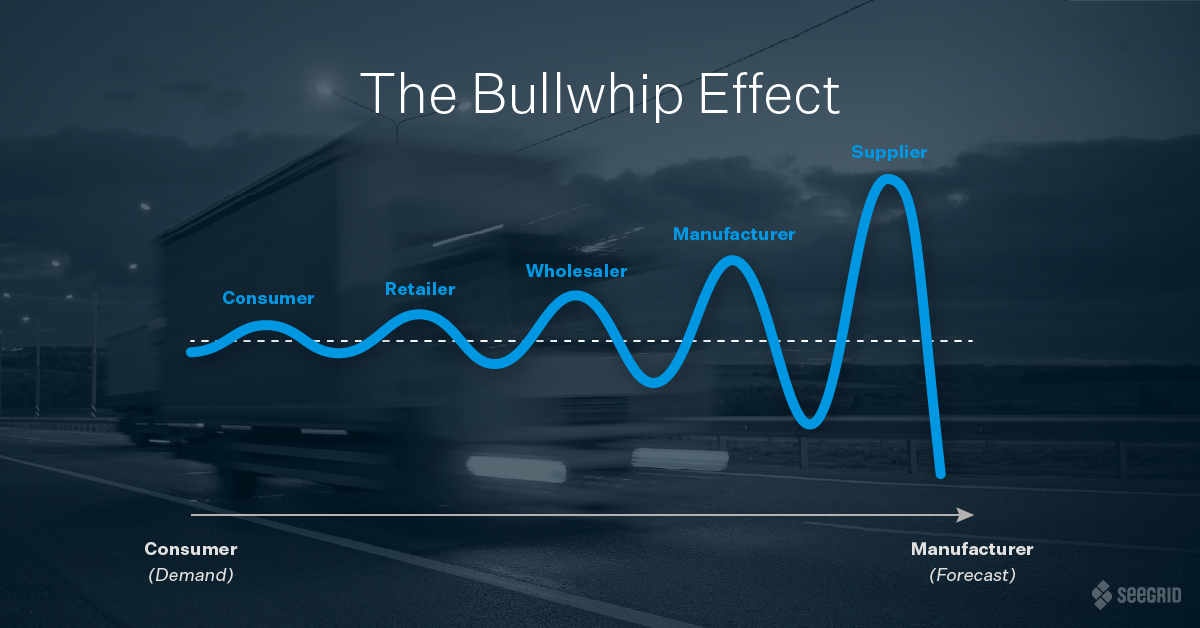Consumer behavior took a drastic shift as a result of the stay-at-home environment that was created during the pandemic. E-commerce online sales skyrocketed to new heights seemingly overnight, requiring retailers to quickly adapt their processes to maintain a steady flow of goods and keep up with the heightened demand.
As life began to return to normal, consumers that may have never shopped online pre-pandemic continued to embrace it, causing the rapid growth of e-commerce sales to sustain with order volumes continuing to surge at peak levels on a daily basis. This has created a new challenge for retailers within their distribution strategies—addressing the increase in the number of e-commerce returns in which goods are shipped from the consumer back to the retailer, also commonly referred to as reverse logistics.
Online returns more than doubled in 2020 from 2019, with approximately $102 billion of merchandise purchased online being returned. Retailers are balancing increased product demand with an increased number of products being returned, making facility floor space and storage for inventory a major challenge. The returns process is quickly becoming one of the most significant supply chain hurdles for e-commerce retailers.
In this blog, we’ll dive into reverse logistics, explaining how it’s different from traditional forward logistics flow, the impact it can have on your bottom line, and how to effectively achieve a successful reverse logistics flow through automation solutions.
Understanding Reverse Logistics
Typically, e-commerce warehouses and distribution facilities are focused on getting products to the customer as quickly and efficiently as possible. Retailers utilize sales forecasts to determine the quantity of products needed to properly stock their warehouses and distribution centers. Retailers can easily communicate with their material handling facilities to ensure the correct amount of products are on hand to facilitate on-time deliveries to consumers.
With reverse logistics, purchased goods are traveling from the consumer back to the retailer, which can add several complexities to the process. Retailers often don’t have much visibility into what is being returned, when returns are arriving, or how much of each product is being sent back to their facilities. Additionally, returned products can’t be resold until they are assessed, entered back into the retailer’s system, and accounted for as available inventory. If a shopper sees that an item is out of stock online, they quickly will move on to the next website. These uncertainties can translate into additional costs, time, and resources. If reverse logistics challenges aren’t addressed, the customer experience could be negatively impacted, leading to potential lost business.
The Customer Experience and Your Bottom Line
The increased online shopping activity has made the customer experience much more difficult to manage. Online returns require several steps and touch points to get products back into inventory. When handled correctly, focusing on reverse logistics can result in high customer satisfaction, decreased operational and storage costs, and profitability.
Today, many consumers expect free returns, even though the retailer’s cost can be quite significant. A recent consumer study found that approximately a third of repeat customers who had a “difficult” or “very difficult” experience during a return would not shop with that retailer again.
A positive customer experience is critical to a company’s success. Retailers need to ensure they can provide their customers a simple and seamless return experience. Efficiently processing product returns equates to retaining both new and repeat customers.
Implement a Flexible Automation Solution to Drive Results
In order to remain a leading name in the e-commerce business model space, retailers need to create effective reverse logistics strategies. First, you should have a solid understanding of your goals. From there, you can create an automation roadmap to achieve these established goals.
When developing your automation roadmap, ensure that you are selecting an automation solution that provides the flexibility to safely and quickly make changes to your workflows. Your processes today will inevitably look different from what’s needed in the future—which is why it’s crucial that you select a solution that allows you to easily adapt. An autonomous mobile robot (AMR) solution allows you to retrain and redeploy robots without sacrificing downtime and costs.
With the right automation solution in place, facilities can achieve hands-free flexibility that reduces human touch points, safety concerns, and labor costs, while increasing productivity and labor allocation. Look for an automation partner that offers solutions for automated inbound-to-outbound workflows to continue developing and building upon your automation roadmap, driving results and continued efficiencies.
Increasingly, more companies are turning to automation to streamline material flow for both traditional forward as well as reverse logistics. Automation solutions, like AMRs paired with intelligent, enterprise software, can help reduce waste in processes, decrease costs, improve throughput velocity, and effectively manage inventory levels to ensure a positive customer experience.
Build a Holistic, Data-Driven Reverse Logistics Plan
Take your flexible automation solution to the next level with data. Make sure that your automation solution provides insights into the activity and performance of your AMR fleet. With real-time insights into AMR activity through fleet analytics software, facilities can quickly assess performance metrics and make adjustments to workflows to fine tune efficiency.
Improved visibility into performance analytics provides a full understanding of material flow, empowering facilities to rely on accurate metrics for the next steps. Build a data-driven reverse logistics strategy to facilitate confident decision making that ultimately will drive results, reduce confusion, and facilitate continuous improvement.
As e-commerce continues to grow, so will the need to focus on reverse logistics. Strengthen the customer experience for both traditional forward and reverse logistics by implementing a flexible, holistic automation solution that provides visibility into actionable analytics. With an effective automation roadmap in place, e-commerce retailers will be able to accurately measure performance, make adjustments, and drive results, today and as needs change over time.
Infographic: Mapping the Route to Automation Success
Download this infographic to learn how to ensure your automation project will deliver a fast ROI and also provide long-term success.







